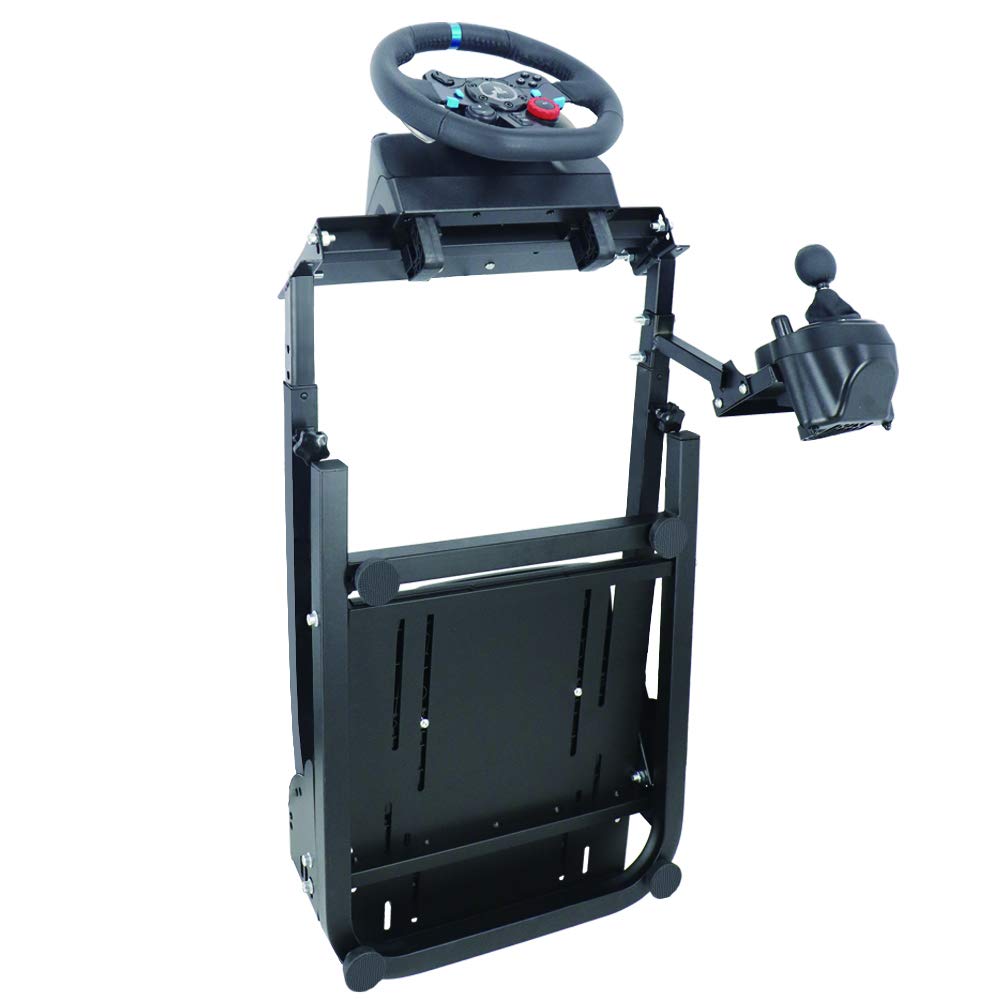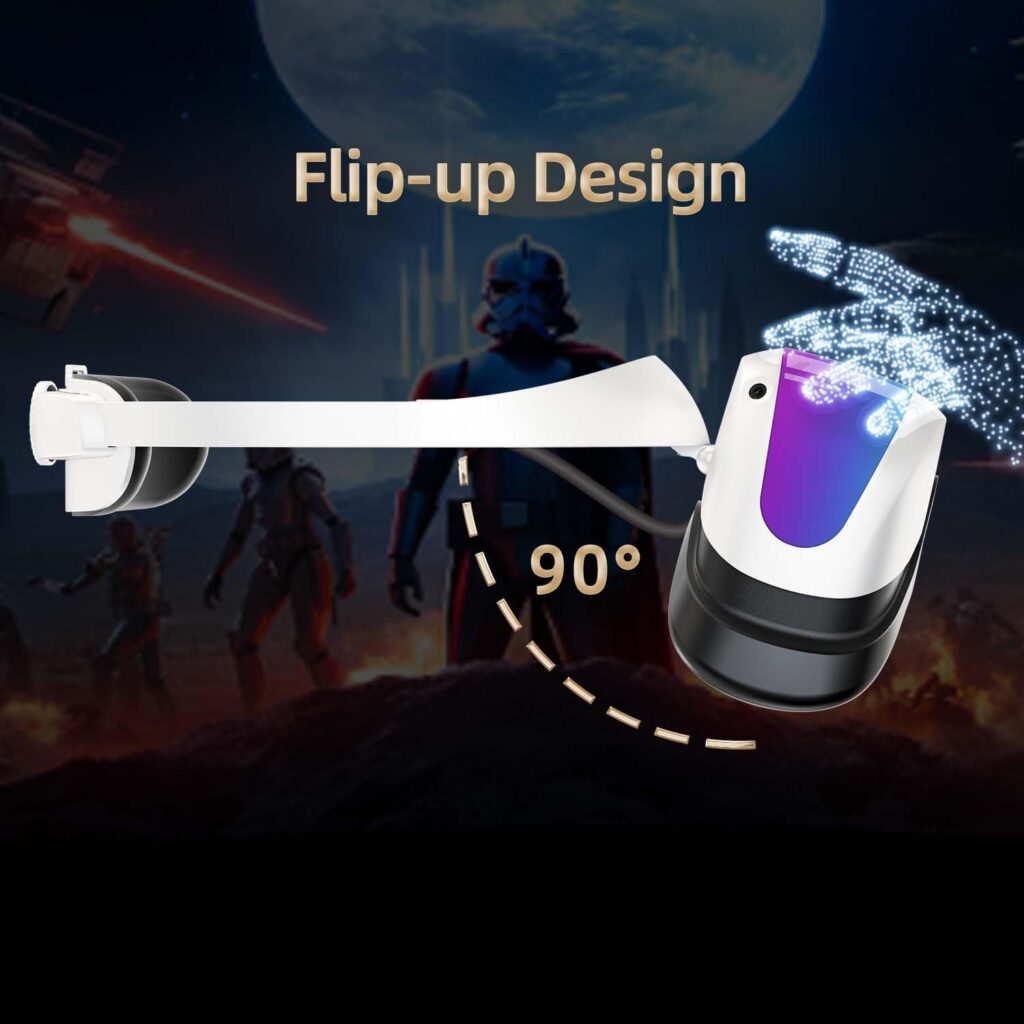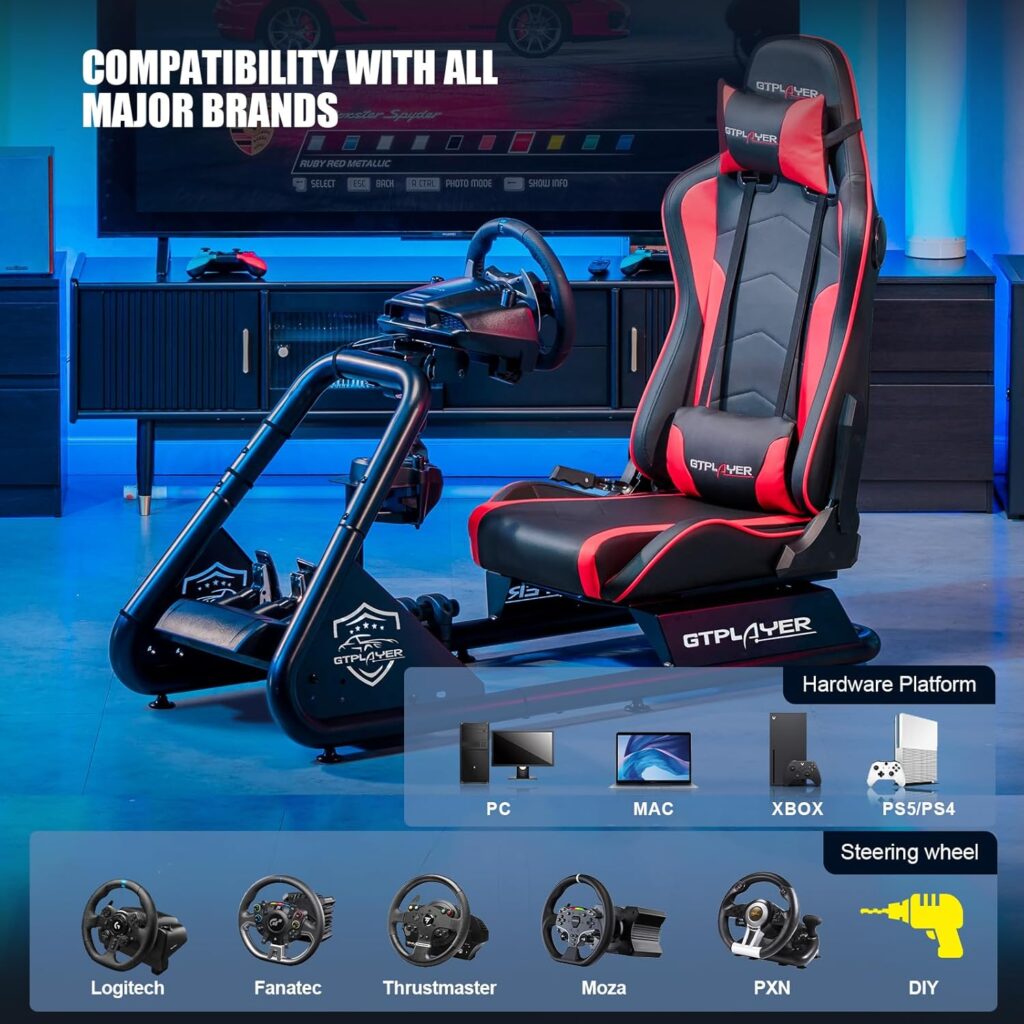You may be skeptical about how useful virtual racing can be in mastering manual transmission, but let's consider the benefits it can offer.
Virtual racing allows you to practice and hone your skills in a controlled environment, free from the risks and consequences of real-world driving. With realistic simulators and equipment, you can learn the intricacies of shifting gears, controlling speed, and engaging the clutch with precision.
But that's just the beginning.
Stay tuned to discover how virtual racing can take your manual transmission skills to the next level and prepare you for the competitive world of racing.
Key Takeaways
- Virtual racing provides a controlled environment for practicing and honing manual transmission skills.
- Familiarize yourself with the functions of the shifter, clutch, brake, and gas pedal to gain control over acceleration, deceleration, and gear changes.
- Choose a car with a forgiving clutch and smooth power delivery, considering factors such as adjustable pedal positions, comfortable seating, good visibility, and manageable dimensions.
- Master clutch engagement, rev-matching, feathering the clutch, and finding the biting point to ensure smooth gear changes and prevent stalling.
Understanding the Basics
To understand the basics of manual transmission in virtual racing, it's crucial to familiarize yourself with the functions of the shifter, steering wheel, clutch, brake, and gas pedal in a simulated Corvette. These components work together to give you full control over the car's acceleration, deceleration, and gear changes.
The shifter allows you to select the appropriate gear depending on the speed and conditions of the track. The steering wheel enables you to steer the car and navigate through corners and straightaways. The clutch pedal is used to engage and disengage the engine from the gearbox, allowing for smooth gear changes. The brake pedal enables you to slow down and stop the car when necessary, while the gas pedal controls the acceleration.
Understanding the basics of these components is essential for mastering manual transmission in virtual racing. By practicing with a simulator, you can learn to use the heel-toe technique for cornering and the importance of using the clutch for smooth gear changes. Additionally, you'll learn to monitor RPM, slow down, and shift to lower gears to maintain RPM for smooth clutch engagement.
The simulator serves as an effective learning tool, offering a realistic experience that can be beneficial before driving a real car. Remember, patience and practice are key when mastering manual transmission. If you're interested in learning manual driving, consider visiting San Diego for manual driving lessons.
Choosing the Right Car
When it comes to choosing the right car for manual transmission in virtual racing, there are a few key points to consider.
First, look for a car with a forgiving clutch and smooth power delivery to make the learning process easier.
Additionally, understanding the car's power band and torque curve can help you select a vehicle that provides a good learning experience.
Lastly, consider factors like adjustable pedal positions, comfortable seating, good visibility, and manageable dimensions to enhance control and boost confidence while mastering gear changes.
Car Selection Tips
Understanding your driving needs and preferences is essential when choosing the right car for virtual racing. To make an informed decision, consider the following car selection tips:
- Track Layout and Driving Style
- Take into account the track layout and driving style you prefer. Different cars excel on different tracks, so choose a car that matches the performance characteristics required for optimal performance.
- Evaluate the car's power, weight distribution, and handling to ensure it offers the control and speed you need.
- Transmission and Drivetrain
- Pay attention to the transmission type, gear ratios, and drivetrain. Select a car that suits your shifting preferences and provides the desired balance between acceleration and top speed.
Picking the Perfect Vehicle
Now that you have considered the track layout and driving style that suits you best, it's time to dive into picking the perfect vehicle for your virtual racing experience. When choosing a car for manual transmission practice, it's important to understand the importance of selecting a vehicle that matches your skill level and driving preferences. Factors like horsepower, weight distribution, and handling characteristics should be taken into consideration. To help you make an informed decision, here is a table comparing different car models:
| Car Model | Horsepower | Weight Distribution | Handling Characteristics |
|---|---|---|---|
| Model A | 300 | Rear-wheel drive | Sharp and responsive |
| Model B | 400 | Front-wheel drive | Stable and predictable |
| Model C | 500 | All-wheel drive | Agile and balanced |
| Model D | 350 | Rear-wheel drive | Nimble and precise |
| Model E | 450 | All-wheel drive | Powerful and controlled |
Testing potential vehicles is crucial to assess their clutch feel, gear shifting, and overall drivability. Seek advice from experienced drivers and instructors to gain insights into picking the perfect vehicle. Remember, the right car will provide a comfortable and enjoyable driving experience, enhancing your manual transmission skills.
Mastering the Clutch
Now that you've chosen the right car, it's time to master the clutch. Perfecting your clutch engagement is crucial for smooth take-offs, ensuring you find that sweet spot where power meets traction.
To achieve smooth shifting, you'll need to practice rev-matching, matching the engine speed to the gear you're shifting into.
Additionally, feathering the clutch is essential for low-speed maneuvers, allowing you to have better control and prevent stalling.
Perfecting Clutch Engagement
To achieve smooth and precise gear changes, mastering the clutch is essential in virtual racing. Perfecting clutch engagement requires practice and attention to detail. Here are some key tips to help you improve your clutch control:
- Find the clutch's 'biting point': Spend time experimenting with the clutch pedal to determine the exact moment when the clutch engages with the engine. This will help you achieve smooth engagement when shifting gears.
- Fully depress the clutch pedal: Make sure to press the clutch pedal all the way down before attempting to shift gears. This ensures a clean disengagement of the engine from the transmission.
- Combine clutch and throttle control: To execute seamless gear changes, coordinate the clutch pedal with the throttle. Release the clutch gradually while applying the right amount of throttle to match the engine speed with the new gear.
- Learn to modulate the clutch: Different driving situations, such as uphill starts, require adjustments in clutch control. Practice varying the amount of clutch pedal release to avoid stalling and maintain smooth acceleration.
Smooth Shifting Techniques
To achieve smooth and precise gear changes in virtual racing, mastering the clutch is essential. Smooth shifting techniques require coordination between the clutch, gas, and gear changes. Engaging the clutch smoothly by gradually applying pressure helps avoid jerky movements. Releasing the clutch slowly while giving gas prevents stalling the car. Matching engine revs with the gear change ensures a seamless transition. It is important to use the clutch for every gear change, even when upshifting, to maintain smoothness. Practice is key to achieving fluid shifting. Below is a table summarizing the smooth shifting techniques:
| Smooth Shifting Techniques | |
|---|---|
| Engage the clutch smoothly | Gradually apply pressure |
| Release the clutch slowly | Give gas to prevent stalling |
| Match engine revs with gear change | Ensure seamless transition |
| Use the clutch for every gear change | Maintain smoothness |
Perfecting the Shift Timing
To perfect the shift timing in manual transmission racing, hone your skills in gauging the optimal shift point by focusing on the engine sound. The engine sound serves as a valuable indicator of when to shift gears, allowing you to make seamless transitions and maintain the best possible speed on the track.
To further enhance your shift timing, consider the following:
- Practice downshifting smoothly: Matching the revs for each gear is crucial in maintaining stability and preventing any jerky movements. Take the time to practice this technique, gradually reducing the engine speed as you downshift, ensuring a smooth transition.
- Utilize clutch engagement timing: The timing of clutch engagement is essential in achieving seamless gear changes. Experiment with the optimal moment to engage the clutch, finding the sweet spot that minimizes any jolts or loss of momentum.
- Experiment with throttle inputs: Varying levels of acceleration can be achieved by adjusting your throttle inputs. By experimenting with different throttle positions, you can fine-tune your shift timing to suit the demands of each racing situation.
- Master the art of rev-matching: Rev-matching involves blipping the throttle to match the engine speed with the gear you're shifting into. This technique not only aids in smoother gear changes but also enhances overall driving performance.
Learning the Art of Rev Matching
Mastering the art of rev matching is essential for achieving smooth and seamless downshifts in manual transmission racing. Rev matching involves matching the engine speed to the transmission speed, allowing for a harmonious transition between gears. By doing so, it helps prevent jerky and unsettling movements that can affect the stability and control of the vehicle.
Learning the art of rev matching requires a good understanding of the engine's RPM (revolutions per minute) and how it corresponds to the gear changes. You need to be able to anticipate the ideal engine speed for each downshift, ensuring a perfect synchronization between the engine and transmission.
To illustrate the importance of rev matching, consider the following table:
| Gear | Engine RPM (Before Downshift) | Engine RPM (After Rev Matching) |
|---|---|---|
| 3rd | 5000 | 3500 |
| 2nd | 3500 | 2500 |
| 1st | 2500 | 2000 |
As you can see, by rev matching, you can smoothly transition to a lower gear with a reduced engine RPM, resulting in a seamless downshift. This technique not only improves the overall driving experience but also helps maintain vehicle balance and stability, especially during high-performance driving scenarios.
Practice is crucial in learning the art of rev matching. By honing your timing and finesse, you can become adept at rev matching and achieve the perfect downshift every time. So, keep practicing and refining your skills to enhance your performance on the virtual racing track.
Practicing Smooth Acceleration and Deceleration
Practicing smooth acceleration and deceleration is essential for achieving optimal control and stability in manual transmission racing. To improve your skills in this area, consider the following:
- Gradual Throttle Application:
Focus on gradually applying throttle to achieve smooth acceleration without jerking the car. This will help maintain traction and prevent wheel spin, allowing for better control during acceleration.
- Smooth Downshifting:
Practice downshifting smoothly while braking to maintain control and stability of the car. By matching the engine RPM with the appropriate gear, you can ensure seamless transitions and avoid any sudden jerks or instability.
- Gradual Deceleration:
Learning to release the accelerator gradually while decelerating is crucial to avoid abrupt stops, which can lead to loss of control. By practicing this technique, you can maintain better stability and prepare for any sudden changes in racing conditions.
- Rev-Matching Technique:
Mastering the technique of rev-matching during downshifts is important for smooth transitions and preventing wheel lock-ups. By blipping the throttle while shifting gears, you can match the engine RPM with the new gear, ensuring a seamless and controlled deceleration.
Utilizing Manual Transmission Techniques in Different Racing Scenarios
Now it's time to explore the art of gear shifting strategies and mastering clutch control in different racing scenarios.
As a virtual racer, you'll need to adapt your gear shifts based on the track layout, elevation changes, and traction conditions to optimize your performance.
Additionally, mastering techniques like rev-matching, short shifting, and power band optimization will be crucial for maintaining control and maximizing acceleration in high-speed racing situations.
Gear Shifting Strategies
Understanding the intricacies of gear shifting strategies in different racing scenarios is essential for optimizing performance in virtual racing. To help you navigate through the complexities of gear shifting, here are two key strategies to consider:
- Heel-Toe Technique:
- Mastering the heel-toe technique allows for smooth cornering and gear changes. By using your right foot to brake and blip the throttle with your heel, you can match the engine speed to the desired gear, ensuring a seamless transition.
- Practice this technique to maintain stability and control during downshifts, especially when approaching tight corners or hairpin turns.
- Speed and RPM Control:
- Learning to control your speed and RPM is crucial for efficient gear shifts. By monitoring the engine's revolutions per minute and adjusting your throttle input accordingly, you can optimize acceleration and maintain traction.
- Remember to downshift early enough to avoid excessive engine braking or stalling, while also upshifting at the appropriate RPM to maximize power output.
Mastering Clutch Control
To further optimize your gear shifting strategies in virtual racing, it's essential to master clutch control and utilize manual transmission techniques in different racing scenarios.
Mastering clutch control involves understanding the clutch engagement point to achieve smooth take-offs and gear shifts. Additionally, practicing rev-matching techniques allows for seamless downshifting while approaching corners or braking zones.
Another crucial technique is mastering the heel-toe technique, which enables you to maintain control of the car during braking and downshifting simultaneously. Moreover, the clutch-kick technique is useful for controlled drifts and maintaining momentum in racing scenarios.
It's essential to adapt your clutch control techniques to different track conditions and car setups for optimal performance. By mastering clutch control, you'll have better control over your vehicle's power delivery and be able to optimize your racing performance.
Advanced Techniques for Manual Transmission Mastery
Mastering advanced techniques for manual transmission requires a combination of skill, precision, and a deep understanding of the intricacies involved in smooth gear shifting and cornering. To take your manual transmission mastery to the next level, consider incorporating the following advanced techniques:
- Perfecting the Rev-Matching Technique: Rev-matching involves blipping the throttle while downshifting to match the engine speed with the speed of the lower gear. This technique ensures a seamless transition between gears, preventing jolts or jerks that can unsettle the car.
- Mastering Double Clutching: Double clutching is a technique used when downshifting from a higher gear to a lower gear. It involves shifting into neutral, releasing the clutch, rev-matching, engaging the clutch again, and then shifting into the desired lower gear. This technique allows for smoother gear changes, especially at high speeds.
Troubleshooting Common Manual Transmission Issues
When troubleshooting common manual transmission issues, it's important to be able to identify and address problems such as gear grinding or difficulty shifting. These issues can be caused by a variety of factors, including clutch adjustment, clutch slippage, worn or damaged synchros, and problems with gear engagement.
One common issue that you may encounter is gear grinding. This occurs when there's a mismatch between the speed of the engine and the speed of the transmission. To address this issue, you should ensure that you're fully engaging the clutch pedal before shifting gears and avoid shifting too quickly.
Difficulty shifting can also be a sign of clutch problems. If you're having trouble getting the transmission into gear, it may be due to a clutch that needs adjustment or is slipping. In this case, you should check the clutch pedal for proper adjustment and consider replacing the clutch if necessary.
Worn or damaged synchros can also cause shifting issues. If you're experiencing grinding or resistance when shifting gears, it may be a sign that the synchros are worn or damaged. In this case, you may need to have the synchros replaced by a professional.
Taking Your Manual Transmission Skills to Competitive Racing
If you're ready to take your manual transmission skills to the next level in competitive racing, it's time to explore the exhilarating world of high-speed gear shifting and precise clutch control. Here are some key steps to help you on your journey:
- Refine your technique: Taking your manual transmission skills to competitive racing requires mastering the basics. Focus on understanding the shifter, clutch, brake, and gas pedal, and practice starting in neutral for a smooth takeoff.
- Perfect your gear changes: The heel-toe technique is essential for cornering at high speeds. It involves using your heel to brake while simultaneously blipping the throttle with your toes, ensuring smooth gear changes and maintaining control of the vehicle.
- Master speed and RPM control: Competitive racing demands precise control of speed and RPM. Practice slowing down, shifting to lower gears, and maintaining RPM for smooth clutch engagement, ensuring optimal performance on the track.
- Utilize simulator practice: Transitioning from virtual racing to a real manual Corvette can be daunting. However, simulator practice can be incredibly effective in honing your skills. It allows you to familiarize yourself with the mechanics of manual transmission before getting behind the wheel of a real car.
Frequently Asked Questions
What Is the Key to Mastering Stick Shift Driving?
The key to mastering stick shift driving is understanding and practicing proper shifting techniques.
By learning how to smoothly transition between gears and using the heel-toe technique for cornering, you can improve your efficiency and control.
It's important to monitor and control the RPM while shifting gears to ensure a smooth and seamless transition.
Consistent practice and patience are essential, and utilizing a simulator can be a valuable tool in honing your skills.
Can You Learn to Drive Manual in Forza Horizon?
Yes, you can learn to drive manual in Forza Horizon. Online tutorials provide step-by-step instructions on how to operate a manual transmission in the game.
You'll learn about shifting gears, using the clutch, and mastering the timing for smooth gear changes.
By practicing in the virtual world, you can develop the muscle memory and understanding needed to drive a real manual car.
How Do You Launch Smoothly in a Manual?
To launch smoothly in a manual, start by engaging the clutch slowly and smoothly, while gradually applying gas. Find the friction point by coordinating the clutch and gas pedals.
Keep an eye on the tachometer to ensure the engine isn't revving too high or too low. Aim for a balance between releasing the clutch and applying gas to avoid stalling or jerky movements.
How Can I Practice Manual Transmission?
To practice manual transmission, start by familiarizing yourself with the layout of the shifter, clutch, and pedals. Once you have a good understanding, focus on gear shifting techniques.
Practice shifting smoothly from neutral to first gear, mastering the coordination of the clutch and throttle. As you gain confidence, work on controlling speed and RPM.
Conclusion
As you step out of the Manual Corvette Simulator, you realize that mastering manual transmission in virtual racing is more than just a skill. It's a metaphor for life, teaching us the importance of balance, control, and adaptability.
Just like shifting gears, we must navigate the twists and turns of our own journeys, finding the perfect timing and rhythm.
So, embrace the challenges, perfect your technique, and remember that the skills you learn here can be applied not just on the virtual track, but in the race of life itself.




